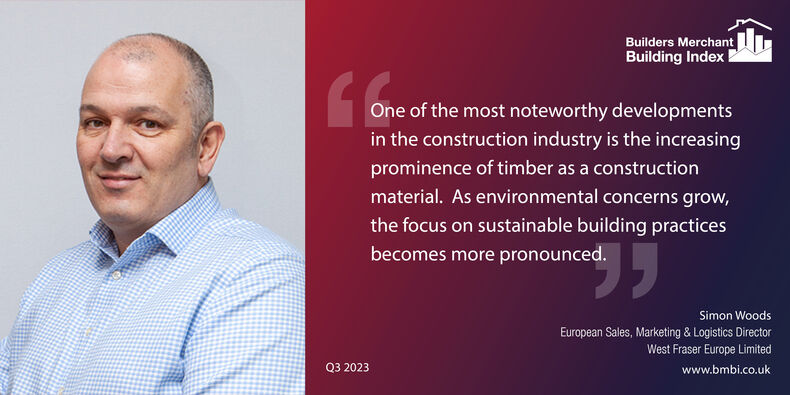Notice: Norbord is now part of West Fraser. Click here to visit westfraser.com

The construction industry is no stranger to economic fluctuations and environmental concerns, however, what we are currently seeing is clearly worse than the normal fluctuations.
Inflation is a critical economic indicator that directly impacts the construction industry. While it may be encouraging to see inflation falling, the rate of decline is slower than we might hope for. Interest rates have recently stopped their upward climb, providing some relief for borrowers. However, the term “higher for longer” is now a common refrain among economists. While this scenario might be advantageous for consumers in the short term, the long-term implications for construction financing need to be considered. For those of us involved in residential construction, the shift in mortgage rates is significant. The end of fixed-rate mortgages means potential homeowners will need to grapple with variable interest rates or a new fixed rate – both at much higher levels than the fixed rate they are exiting.
Construction projects often span multiple years, and contractors must anticipate potential interest rate increases, which can impact project costs and profitability and often lead to projects being shelved due to overall project costs. The lacklustre expansion of our GDP limits the availability of new projects and constrains economic opportunities for construction. Unemployment levels are a mixed bag for the construction industry. On one hand, historically low unemployment rates indicate a robust job market, which can attract skilled workers to the industry. On the other hand, the recent increase in unemployment levels is a cause for concern.
All in all, we are facing difficult conditions, which don’t seem to be changing fast enough to make 2024 much more interesting than 2023.
One of the most noteworthy developments in the construction industry is the increasing prominence of timber as a construction material. As environmental concerns grow, the focus on sustainable building practices becomes more pronounced. Timber has emerged as a champion in this regard, offering a renewable and carbon-friendly alternative to traditional construction materials like concrete and steel. Timber buildings sequester carbon, promote energy efficiency, and reduce the industry’s overall carbon footprint…..a positive beacon in an otherwise difficult view.
Request an A5 sample of any of our boards. Our samples come with an informative wraparound cover.
Request a sample